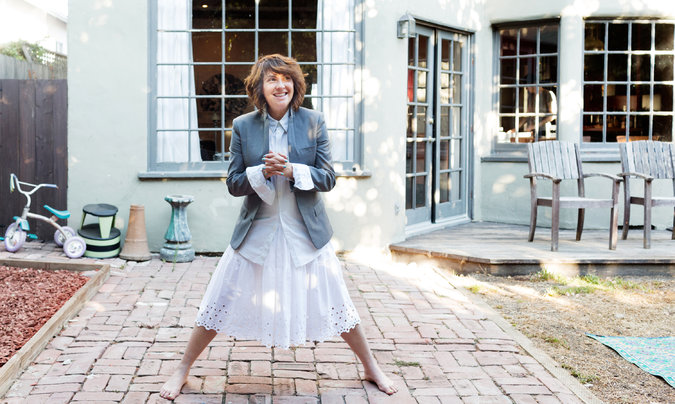available for purchase
at this time.
Link Roundup! – 5/15/15
Link Roundups feature articles and bits of internet goodness that our dramaturgy team digs up. If you find something you want to send our way, drop us a line on Facebook or Twitter!
♦♦♦♦♦
A group of black students from Harvard’s Graduate School of Design, frustrated with a lack of coursework that deals with race and social justice issues in design, have compiled their own syllabus for CityLab:
“Practitioners need to improve their proficiency with regard to working on social equity issues,” says Carlton Eley, an urban planner who works for the U.S. Environmental Protection Agency. He notes that there are professionals of color in organizations like the National Organization of Minority Architects* (NOMA) who are thinking critically about these issues, but are often overlooked by the mainstream design community…“The issue is an ideology that finds its roots in architectural modernism, which eliminates ethnocultural and even sociocultural conditions from the variables that define quality architecture,” says Lee. “When we eliminate these essential considerations, we lose the ability for architecture to respond to the colloquial design languages of the people it serves.”
♦♦♦♦♦
At HowlRound, Julia Rada explores the terminology “safe space” and what it means for educational spaces:
I have been thinking about how we, as practitioners, almost compulsively talk about “safety” in our work, particularly in the studio or classroom, as though it is embedded in what we do. Safety is ubiquitous in our vernacular; we ensure it almost by reflex. What is safety, though? What are we really trying to get at when we talk about “safety?” Can we actually ensure it? Isn’t education and art-making intended to be risky? If we are taking risks and growing, can we ever be truly safe?
♦♦♦♦♦
Doug Borwick’s continued thoughts on the vocabulary of engagement touch on some of the questions we have been asking as a staff:
I continue to believe that in essence engagement–whatever modifier we use before it–implies relationship building. What’s now dawning on me is there are differences related to who is engaging with whom (or what). What’s a newish thought is that it’s important to consider who is at the center of the relationship that’s being developed. In audience engagement, the arts organization is attempting to draw current audience members closer to it. Here, the arts organization is the driving force. In civic engagement, citizens are being drawn toward community involvement. In this case, community advocates are working to draw people into a deeper relationship with social and governmental institutions. Community engagement, as I define it (although I concede that mine is not a universal understanding of this), is focused on developing an equal relationship between an arts organization and the communities it can serve. Both sides must benefit for it to be effective. Granted, the arts organization is the principal mover, working to build relationships with communities, but this is mostly because someone has to go first. The arts organization must understand that those communities may not be chomping at the bit to be engaged. The center of community engagement is not the arts organization or the community. It is the relationship between them.
♦♦♦♦♦

The director Jill Soloway, who won a Golden Globe for her show “Transparent,” said the push to look into hiring practices was a vital challenge to Hollywood’s predominately male point of view. Credit Annie Tritt for The New York Times
The New York Times reports on the ACLU’s plan to investigate the gender imbalance in Hollywood and how hiring practices contribute to a lack of parity:
On Tuesday the American Civil Liberties Union asked state and federal agencies to investigate the hiring practices of major Hollywood studios, networks and talent agencies for what the organization described as rampant and intentional gender discrimination in recruiting and hiring female directors. “Women directors aren’t working on an even playing field and aren’t getting a fair opportunity to succeed,” said Melissa Goodman, director of the L.G.B.T., Gender and Reproductive Justice Project at the A.C.L.U. of Southern California. “Gender discrimination is illegal. And, really, Hollywood doesn’t get this free pass when it comes to civil rights and gender discrimination.”